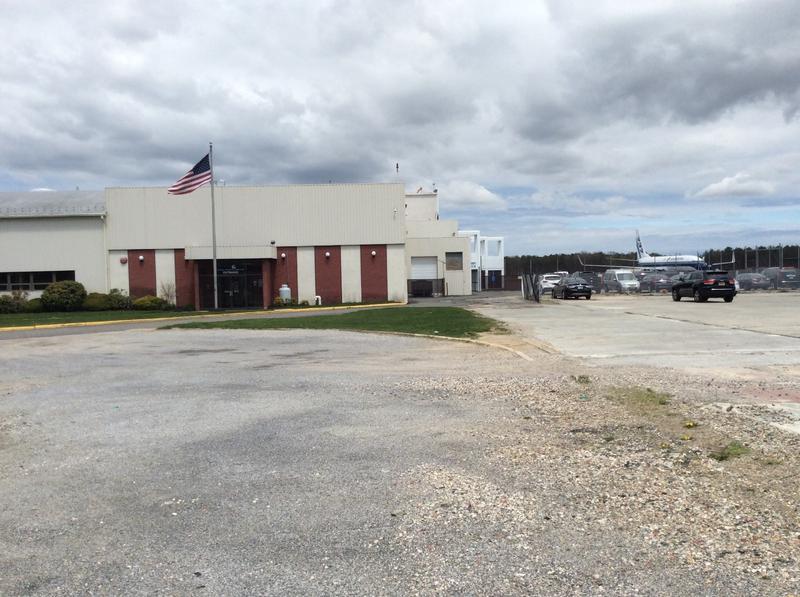Walden prepared for the FAA an EAF for airport development projects for a proposed removal of runway obstructions. This was conducted so that slope requirements for the runways under the 49 CFR Part 77 Slope Requirements. Through the review process, it was determined that the obstructions that would need to be removed to meet slope requirements were trees scattered over 29 acres of property. By removing these trees, the slope requirements would be compliant with 49 CFR Part 77 and would ensure aircraft safety. No cumulative environmental impacts would be affected due to the removal of the obstructions.
Walden was retained to evaluate and assess environmental impacts due to hangar construction and runway improvement projects proposed at airport locations in Suffolk County, New York. Under the National Environmental Policy Act (NEPA) and Federal Aviation Agency (FAA) Order 5050.4B, all airport projects are subject to environmental review requirements, as evaluations of environmental impacts are as important as considering economic or engineering feasibility. The FAA also notified the clients of a previous obstruction under 49 CFR Part 77 – slope requirements, as obstruction was a concern for one of the proposed hangar construction areas.
Walden evaluated each project based on compliance with the federal and state statutes designed to protect the environment and cultural resources, per the FAA’s guidance. Walden found through the Environmental Assessment (EA) process that the proposed construction master plan for upgrades at two airport sites would not cause any significant environmental impacts.
The third airport, where the FAA had notified Walden’s client regarding the obstruction, was required to complete a Short Environmental Assessment Form (EAF). Walden assisted the client through the EAF process and found that in order to reach the sloping requirements listed in 49 CFR Part 77, some of the trees, which encompassed approximately 30 acres of the property, would need to be removed to ensure aircraft safety. Based on the EAF, it was determined that this proposed project would not produce a cumulative effect on any environmental impact categories evaluated.
Through coordination between the FAA, state agencies and the client, Walden successfully guided the client through federal and state statutes in order to obtain the necessary approvals for each of the airport construction projects.

